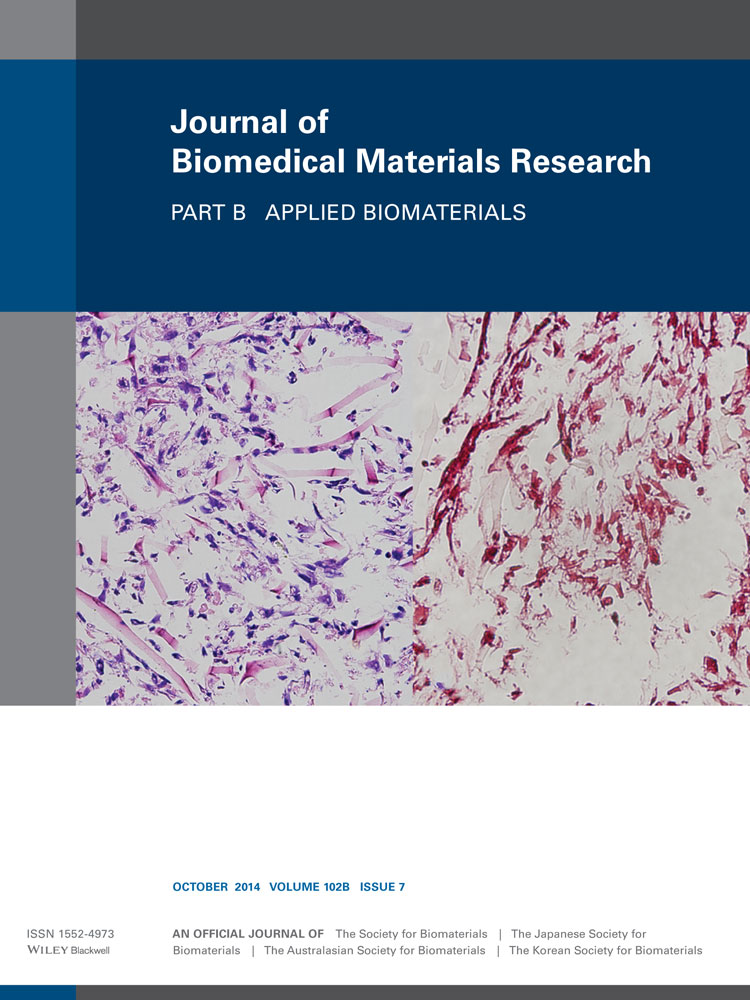Biomaterial properties of cholecyst-derived scaffold recovered by a non-detergent/enzymatic method
Abstract
Isolation procedures for the recovery of extracellular matrices (ECMs) from animal organs/tissues that are useful in regenerative medicine involve multiple sequential steps/stages including collection of the source organ at slaughter, their transportation to laboratory, decellularization, decontamination, stabilization, and sterilization. Most of these steps require extensive use of chemicals/reagents/enzymes which may also adversely affect the quality of the scaffold. With an effort to minimize the use of chemicals/reagents/enzymes, while extracting biomaterial-grade ECM from porcine cholecyst (gall bladder), we performed preisolation ex situ incubation of the organ in a stabilizing agent that also caused in situ crosslinking of tissue-components and delaminated the collagen-rich ECM from the tissue-layer beneath the mucosa. The physical, chemical, and biological properties of the isolated scaffolds were similar to that of a commercially available porcine small intestinal submucosa. The cholecyst-derived scaffold not only satisfied preclinical safety-test procedures such as cytotoxicity, local response, and endotoxin load but also showed the potential to promote healing of full-thickness skin wound in a rabbit model. The procedure was also suitable for isolating scaffolds from other hollow organs such as jejunum and urinary bladder. It was concluded that enzyme/detergent treatment may be an avoidable step while isolating biomaterial-grade scaffolds from hollow organs. © 2014 Wiley Periodicals, Inc. J Biomed Mater Res Part B: Appl Biomater, 102B: 1506–1516, 2014.




